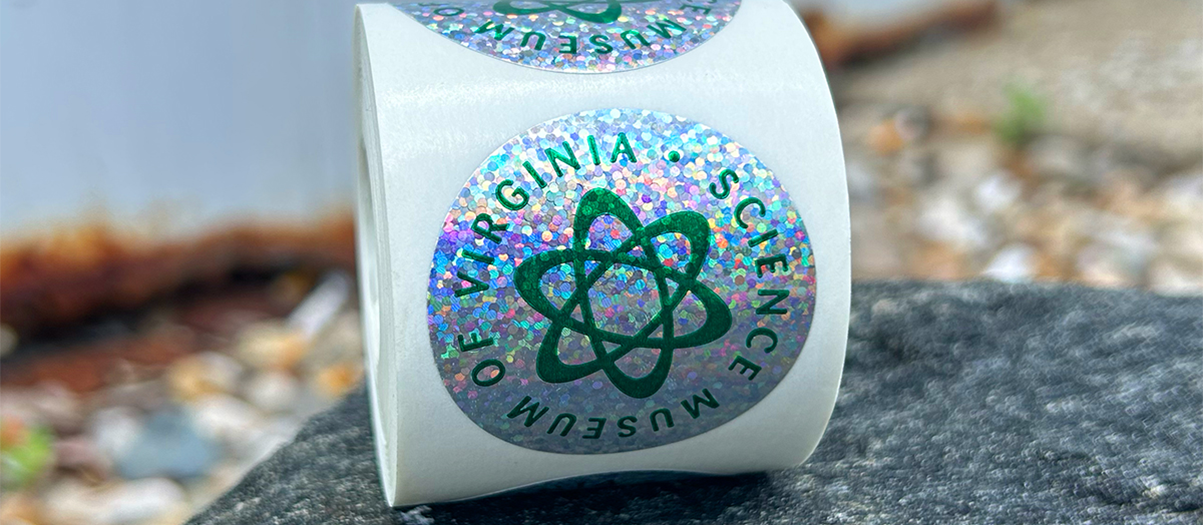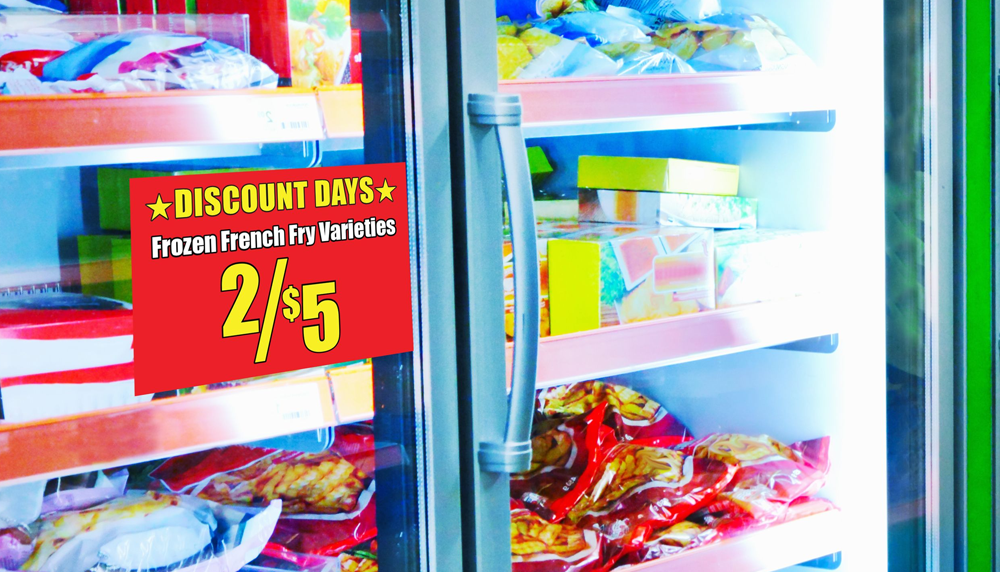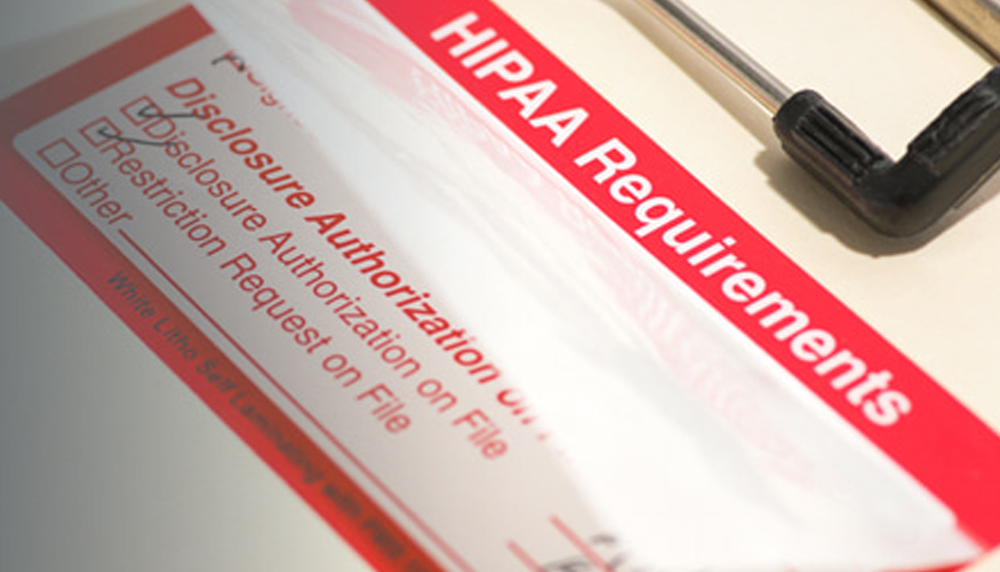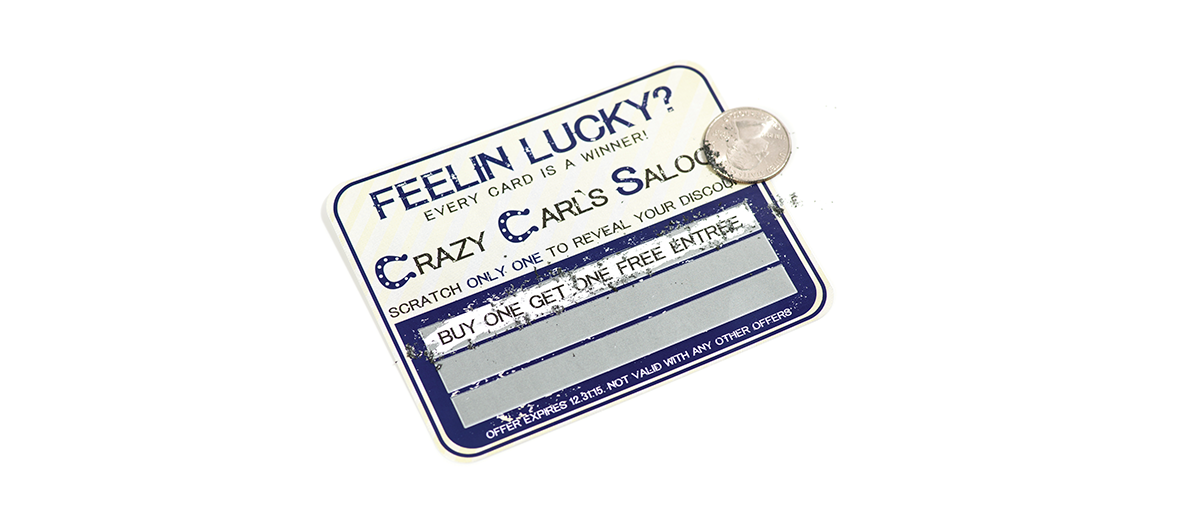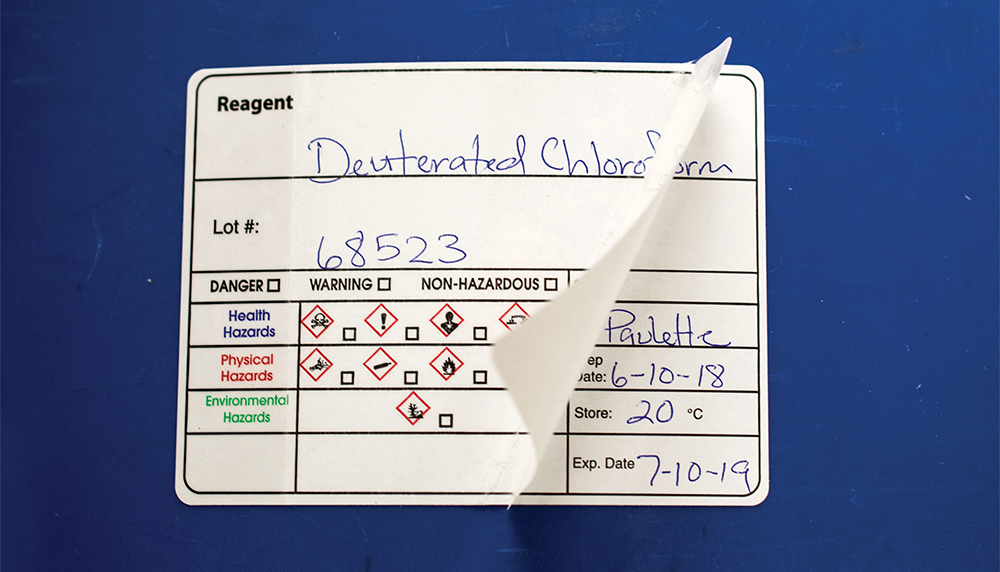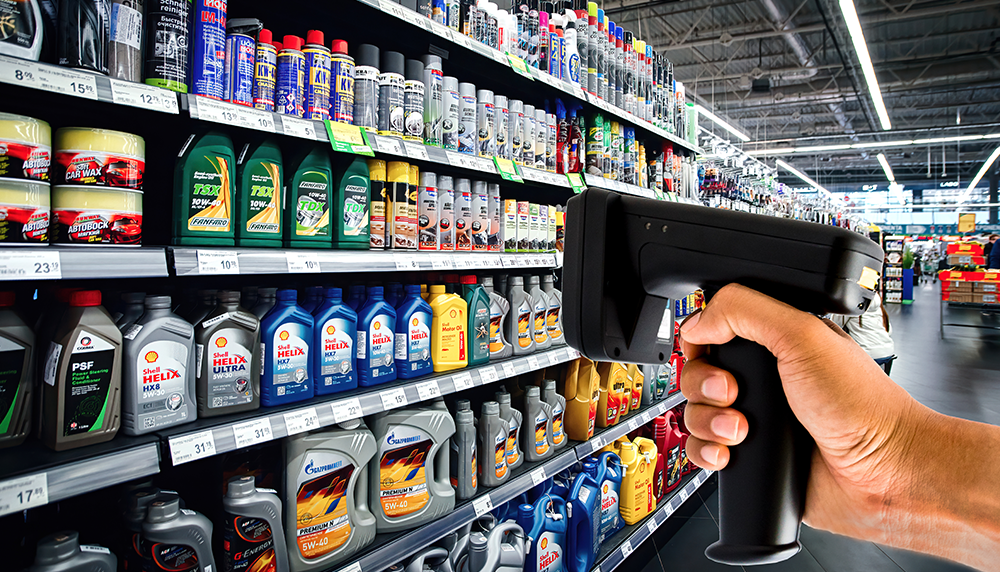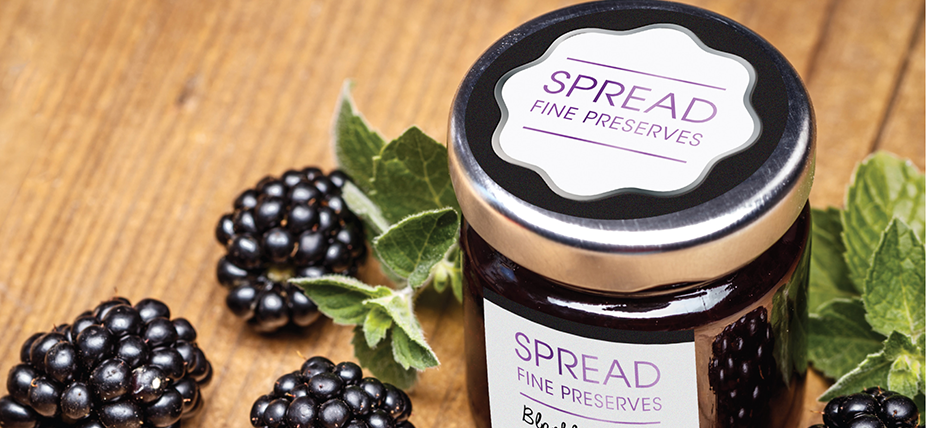
Selling custom labels to the food and beverage market can be a lucrative venture for distributors. By understanding regulatory requirements, focusing on design, and leveraging technology, you can better serve your customers and grow your business. Here are seven key tips to help you succeed in this competitive market.
Understand the Regulatory Requirements
Compliance with FDA and USDA Regulations
The food and beverage industry is heavily regulated to ensure consumer safety. As a distributor, it’s crucial to understand the regulatory requirements set by the FDA and USDA. This includes guidelines on nutritional information, ingredient lists, and allergen statements. Ensuring that your custom labels meet these standards will help your clients avoid legal issues and build trust with their customers.
- Always check the latest FDA and USDA guidelines.
- Include all mandatory nutritional and allergen information.
- Consider consulting a regulatory expert.
Allergen Labeling and Nutritional Information
Allergen labeling is essential for protecting consumers with food allergies. Make sure your labels clearly indicate any potential allergens in the product. Additionally, providing accurate nutritional information helps consumers make informed choices about the products they purchase. This transparency is key to building a loyal customer base.
- Highlight common allergens such as nuts, dairy, and gluten prominently.
- Use easy-to-understand symbols or icons for allergens.
- Regularly review and update labels to ensure compliance with new regulations.
Focus on Design and Branding
Importance of Clear and Attractive Design
An eye-catching label design can make a significant difference in product sales. A clear, attractive design not only grabs attention but also communicates the product’s benefits quickly. Use high-quality images, legible fonts, and appealing colors to make your labels stand out.
- Use high-contrast colors to make text more readable.
- Incorporate images that reflect the product’s key features.
- Ensure fonts are large enough to be easily read at a glance.
Incorporating Brand Identity into Labels
Your labels should reflect the brand’s identity. This includes using the brand’s colors, fonts, and logos consistently. A strong brand identity on your labels helps consumers recognize and remember your products, which can lead to increased brand loyalty and sales.
- Maintain consistency with other branding materials.
- Include brand stories or messages on the label.
- Use packaging as an extension of your brand’s marketing.
Highlight Product Benefits and Features
Using Labels to Emphasize Health Claims
Many consumers today are health-conscious and look for products that meet their dietary needs. Highlighting health claims, such as “gluten-free,” “organic,” or “low-calorie,” on your labels can attract these customers. Make sure these claims are prominent and easy to read.
- Place health claims where they are easily visible.
- Use bold or different colored text to make claims stand out.
- Verify all claims to ensure they are backed by evidence.
Optimize for Shelf Impact
Strategies for Eye-Catching Label Placement
The way a product is displayed on a shelf can greatly influence its attractiveness to customers. Ensure your labels are designed with shelf placement in mind. Consider the height, angle, and lighting where the product will be placed. Eye-catching designs can draw customers’ attention even in a crowded market.
- Design labels that look good from a distance.
- Use bold colors that stand out on a crowded shelf.
- Ensure key information is visible even when products are stacked.
Utilizing Color Psychology to Attract Consumers
Colors can evoke certain emotions and behaviors. For instance, green can indicate health and freshness, while red can create a sense of urgency or excitement. Use color psychology to choose label colors that align with your product’s message and attract your target audience.
- Research color meanings and trends in your target market.
- Test different color schemes to see which performs best.
- Keep the brand’s overall color palette in mind.
Invest in High-Quality Materials
Durability and Resistance to Environmental Factors
High-quality materials ensure that labels remain intact and legible throughout the product’s lifecycle. This includes resistance to moisture, temperature changes, and handling. Durable labels maintain their appearance and readability, which is crucial for maintaining brand integrity.
- Choose materials that withstand storage and usage conditions.
- Test labels under various environmental factors.
- Ensure inks and adhesives used are high quality.
Eco-Friendly and Sustainable Label Options
More consumers are looking for environmentally friendly products. Offering labels made from sustainable materials can appeal to this market segment. Consider using recycled paper, biodegradable materials, or labels that are easy to remove for recycling purposes.
- Promote the eco-friendliness of your labels on the packaging.
- Consider certifications such as FSC or other sustainability marks.
- Use materials that are easy to recycle or compost.
Leverage Technology for Customization
Digital Printing for Small Runs and Personalization
Digital printing allows for high-quality, cost-effective production of small label runs. This is ideal for custom or limited-edition products. Personalization, such as including customer names or unique codes, can also be achieved through digital printing, making products more engaging for consumers.
- Quick turnaround for small orders.
- Ability to easily change designs without high costs.
- Personalized labels can enhance customer engagement.
QR Codes and Interactive Elements on Labels
Adding QR codes to your labels can provide customers with more information about the product, such as sourcing, nutritional content, or promotional offers. Interactive elements like these can enhance the customer experience and provide valuable insights into consumer behavior.
- Ensure QR codes lead to mobile-friendly content.
- Use QR codes for promotions or to share recipes.
- Track QR code scans to gather data on customer engagement.
Build Strong Relationships with Clients
Providing Exceptional Customer Service
Excellent customer service is key to building long-term relationships with your clients. Be responsive, attentive, and proactive in addressing their needs and concerns. Offering personalized solutions and support can set you apart from competitors.
- Follow up with clients regularly to ensure satisfaction.
- Offer troubleshooting and support for any issues.
- Personalize communication to build stronger relationships.
Offering Flexible and Innovative Solutions
Flexibility in your services can make a big difference. Offer a range of label options, from materials to finishes, and be open to custom requests. Innovative solutions, such as new printing technologies or sustainable materials, can also attract clients looking for the latest trends.
- Develop a range of label options to suit different needs.
- Stay updated on the latest industry trends and innovations.
- Be open to custom projects and unique client requests.
Types of Labels for the Food and Beverage Industry
Packaging Labels
Packaging labels are essential for branding and providing information about the product. Choose from thousands of shapes and sizes, spot color, full color, foil imprint, and embossing to make your labels stand out. High-quality packaging labels can enhance the product’s appeal and communicate key information to consumers.
Examples of use:
- Food Containers: Jars, cans, and boxes for soups, sauces, and snacks.
- Beverage Bottles: Juice, soda, and alcohol bottles.
- Variety of shapes and sizes to fit different packaging types.
- Spot color and full color options for vibrant designs.
- Foil imprint and embossing for a premium look.
Consecutive Number/Barcode Labels
Consecutive number and barcode labels are crucial for inventory management and product tracking. These labels help in maintaining accurate records and ensuring smooth logistics. They are essential for any food and beverage distributor looking to streamline operations.
Examples of use:
- Bulk Food Items: Large quantities of grains, spices, or dried goods.
- Packaged Beverages: Cases of soda or water bottles for easy tracking.
- Consecutive numbering for inventory tracking.
- Barcode labels for efficient product scanning and management.
Custom Printed Tape
Custom printed tape is available in white or kraft and is water-activated. It can be used for sealing packages while promoting the brand. This type of tape is not only functional but also enhances brand visibility and messaging.
Examples of use:
- Shipping Boxes: Enhance brand recognition during delivery.
- Gift Packaging: Add a branded touch to promotional gifts or seasonal packages.
- White or kraft options available.
- Water-activated for strong adhesion.
- Custom printing for brand promotion.
Water Bottle Labels
Water bottle labels need to be durable and resistant to moisture. Custom water bottle labels can include vibrant designs and brand information, making them perfect for events, promotions, or everyday use. These labels help in promoting the brand while providing necessary product details.
Examples of use:
- Event Promotions: Custom labels for conferences, weddings, or sports events.
- Retail Sales: Everyday branded labels for retail sale of water bottles.
- Durable materials resistant to moisture.
- Custom designs for brand promotion.
FAQs
What are the most important elements of a food and beverage label?
The most important elements include the product name, brand logo, nutritional information, ingredient list, allergen warnings, and any health claims. Additionally, compliance with regulatory standards is crucial.
How can I ensure my labels comply with regulations?
Stay updated on FDA and USDA regulations, and ensure all required information is included on the labels. Working with a knowledgeable label provider can also help ensure compliance.
What are the best practices for designing an effective label?
Best practices include using clear and legible fonts, high-quality images, consistent branding elements, and colors that attract your target audience. Additionally, ensure that all critical information is easy to find and read. For high-quality custom labels that meet your specific needs, visit Discount Labels. Our expert printing services and wide range of options ensure that you get the perfect labels every time. Let us help you create stunning labels that stand out.


